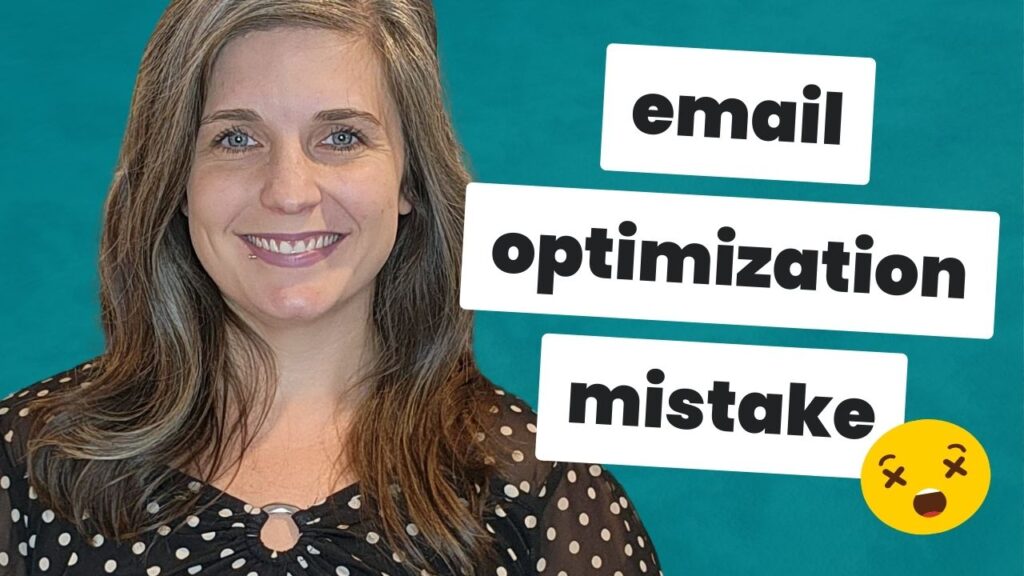Why? Because… even though it’s a simple mental shift, internalizing it has brought a stronger conversion-focused foundation to every copy I write or review. Listen in to find out what she taught me and how it helps you write higher-converting copy:
TRANSCRIPT:
In 2019 (CORRECTION: actually, it was 2018), I did the Copywriter Mastermind with Joanna Wiebe. It was an amazing experience!
One thing that Joanna prohibited when we were workshopping copy together was:
We weren’t allowed to say “I like” or “I don’t like” and use simple statements like…
“I like the way you wrote this”
“I don’t like this phrase”
… or something like that.
The reason she didn’t want us to use those statements in that way is because we were basing our feedback purely on personal preference and gut reactions.
What she was trying to teach us, something I have internalized since then because it’s been so helpful… She wanted to teach us that we should start making decisions based on data, best practices, or proven principles. We should rely on something other than our personal preference to make decisions.
I still use that rule even to this day.
When I’m evaluating my own copy or giving a client feedback, I always try to avoid “I like” and “I don’t like” statements, at least, without qualifying them with something else, like:
“I like this because we have data that says XYZ”
“I don’t like this because you’re wasting your hook.”
“I don’t like this because it doesn’t line up with what we know about our ideal buyer based on our voice of-customer research and the conversion context.
Your takeaway is:
Avoid using simple “I like” or “I don’t like” statements.
And start basing your decisions and feedback on something more substantial – preferably voice-of customer data.
You can also rely on proven persuasion frameworks or best practices in conversion copywriting, you know, something that’s more reliable than just a gut reaction or a personal preference.
This simple mental shift alone will help you take all the marketing you do to a stronger foundation.
Helpful questions to ask yourself might be:
“Is this email based on a proven persuasion framework?”
“If so, which one? And why did I choose this one?
Something I do whenever I have a piece of copy, of course, I plan everything with these things in mind, but once I’m finished with a piece of copy, right before I send it to my client, I add notes for my client (and myself – secret tip!) to explain why certain decisions were made.
This is here why this is here.
This is why this is written this way.
This is why I’m putting it in this order.
And so on.
What I’m doing is:
I’m pulling from my brain and from the purchase profile I built in an earlier phase of th project and from all the things I know about the conversion context and best practices and proven persuasion principles.
I’m pulling all of that to the surface and making sure that I have written the piece that I’m about to send to my client intentionally and that I have reasons for writing it the way I wrote it.
By far that improves not only the copywriting but also the conversations you have with your client, your boss, or your team members. It makes your conversations around copy and conversions more strategic, more intentional, and more productive.


